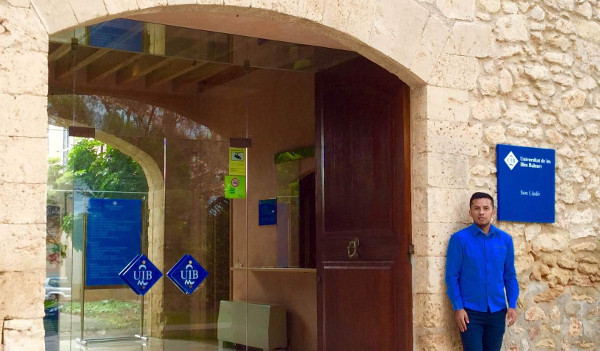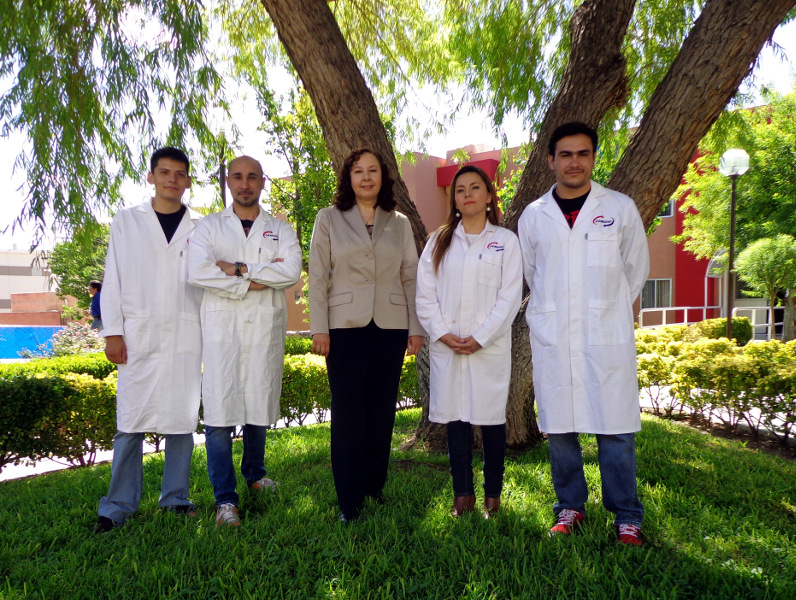Automation of analytical techniques

Pollution in the environment has pushed governments of different countries to take more stringent monitoring and control measures of chemical species in the environment.
Some chemical elements are extremely toxic, even at low concentrations. Thus, the development and use of increasingly precise and rapid analytical procedures for ensuring proper detection is mandatory in order to protect and safeguard population’s health.
Conventional methodologies require long and tedious chemical separation processes involving high consumption of time, reagents and samples; high costs per analysis; increased waste generation; high risk for the analyst when handling hazardous samples and reagents; a considerable increase in human error and a possible deficient detection. In order to solve these drawbacks, the automation of analytical procedures has emerged.
In the Laboratory of Analytical Techniques Automation at the Advanced Materials Research Center, the research is focused in the adaptation of conventional chemical methods to fully or partially automated systems using electronic devices whose instrumental control is carried out through a computer.
Thus, the main objective of this research is to develop fully or partially automated chemical methods to perform the analysis of environmental parameters, mainly contaminants, in environmental and biological samples in an accurate, fast and efficient way.
These new methods minimize the sample and reagents volume used in conventional processes in order to reduce analysis costs, and also to considerably decrease the waste generation, contributing to the preservation of the environment.
The partially or fully automated methods minimize or completely eliminate handling of samples and reagents by the analyst, in order to increase their safety. It should be highlighted when highly toxic substances or radioisotopes are handled. The automation of chemical methods also reduces analysis time in comparison with conventional procedures.
There are numerous automated analytical procedures reported in the literature which have been developed to the control and monitoring of a large number of environmental parameters in short periods of time with reliable, safe and inexpensive results.
For instance, in the Laboratory of Automation of Analytical Techniques have been developed automated methods applied in the determination of metals (lead, arsenic, cadmium, bismuth) in environmental and biological samples and also micronutrients, such as cobalt and manganese in seawater. Another approach was the construction of an automatic system for multi-parameter monitoring for the simultaneous determination of sulfates, nitrites and nitrates, applied to drinking and wastewater samples. A fully automated method for the determination of uranium in several environmental samples is another example, among others.
In addition, researchers have made an incursion into the area of environmental radioactivity with the design of automated techniques that allow the separation and pre-concentration of radioisotopes (226Ra, 99Tc and 90Sr), thus contributing in the field of nuclear safety and environmental safeguards.
With these automated methods that do not require the presence of the analyst, is possible to make in situ and continuous monitoring of environmental parameters, facilitating the establishment of environmental monitoring plans.
The main contribution in the field of science consists mainly of developing new chemical analysis methods, partial or fully automated, for monitoring of environmental parameters.
The novelty of these techniques is the automation that allows the development of complex, highly reproducible and sensitive chemical systems that can be applied to any environmental parameter, even to study the presence of radionuclides in the environment.
Within the environmental benefits provided by the development of automated analytical methods are:
- Reducing the amount of sample and reagents, thereby avoiding the generation of high volumes of waste contributing to the so called “Green Chemistry”.
- Protecting the security of the analyst, creating completely closed flow systems, where the manipulation of organic solvents and other hazardous reagents is minimal.

Since 2008, this area has a strong academic collaboration with the University of the Balearic Islands (UIB, Mallorca, Spain). Academic personnel from the UIB have visited the facilities of Cimav, given workshops and seminars, as well as perform short academic stays. Researchers from CIMAV have imparted courses and seminars and also numerous stays have been carried out in the Laboratory of Analytical Chemistry, Automation and Environment of the UIB. Two double degree agreements have been signed with this institution, dual degree doctorate in 2009 and dual master degree in 2011.
Scientific basis
The scientific basis for the development of these automated methods is the implementation of flow analysis techniques, based on conventional methodologies. The flow analysis techniques are constructed with peristaltic pumps, piston pumps type, solenoid and selection valves, teflon tubing, pre-concentration columns, detectors, among other devices.
The instrumental control of flow analysis techniques are carried out through software instructions or procedures for each chemical method. Each of these techniques have been developed to suit the needs of the analyst, and their detection limit and frequency of analysis, among others, are focused on a particular application. This performance allows, for example, carrying out the analysis of environmental samples, whose low concentrations of a contaminant require pretreatment to ensure proper separation of the analyte of interest with respect to other interferents and thereby ensure proper detection.
Developed automated methods have been applied to solving problems in the areas of analytical chemistry, radiochemical analysis, environment, toxicology and public health.

- Analytical and environmental chemistry
- Automation of analytical techniques
- Elemental analysis: analytical techniques and instrumentation
- Chemical speciation